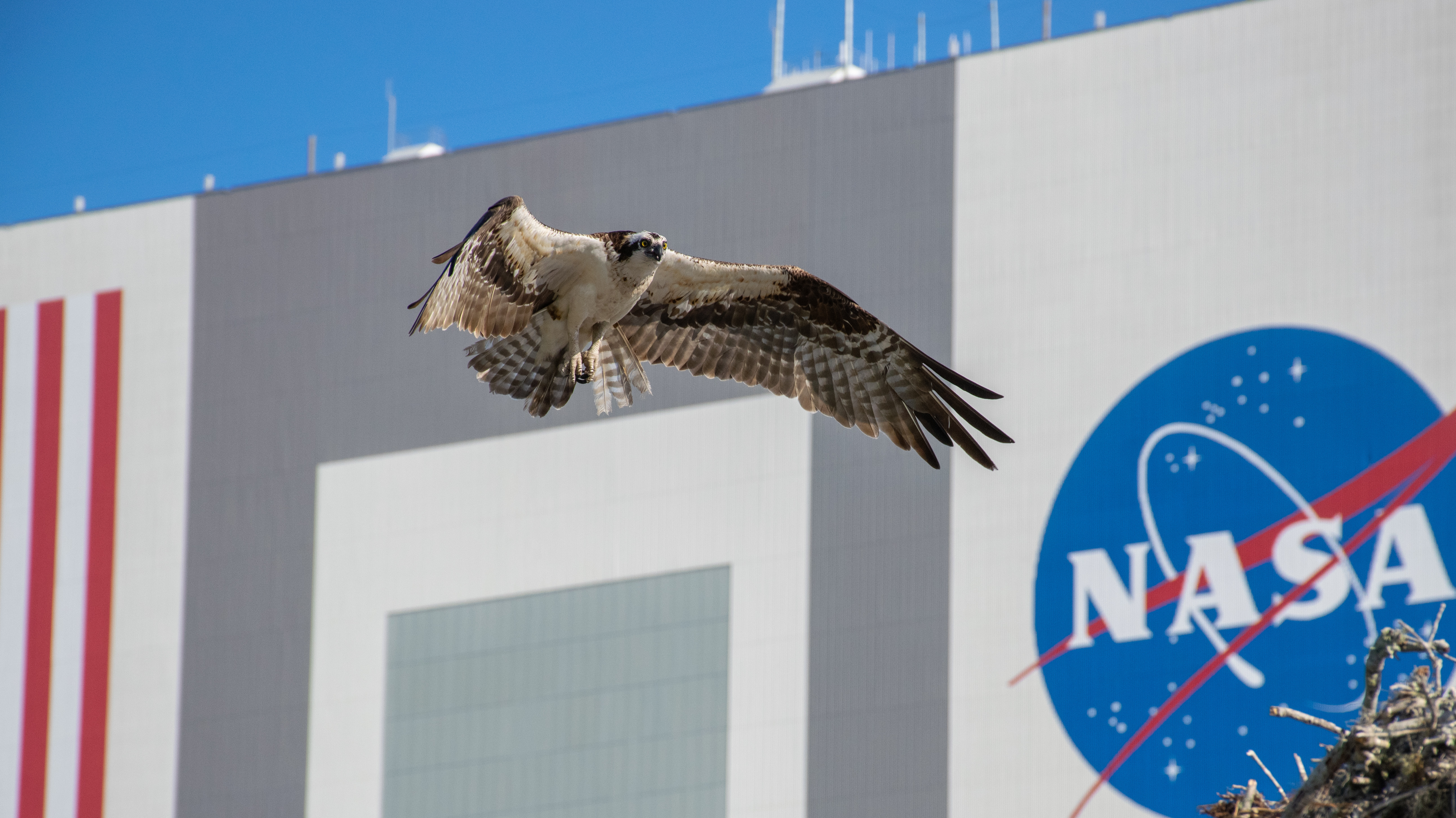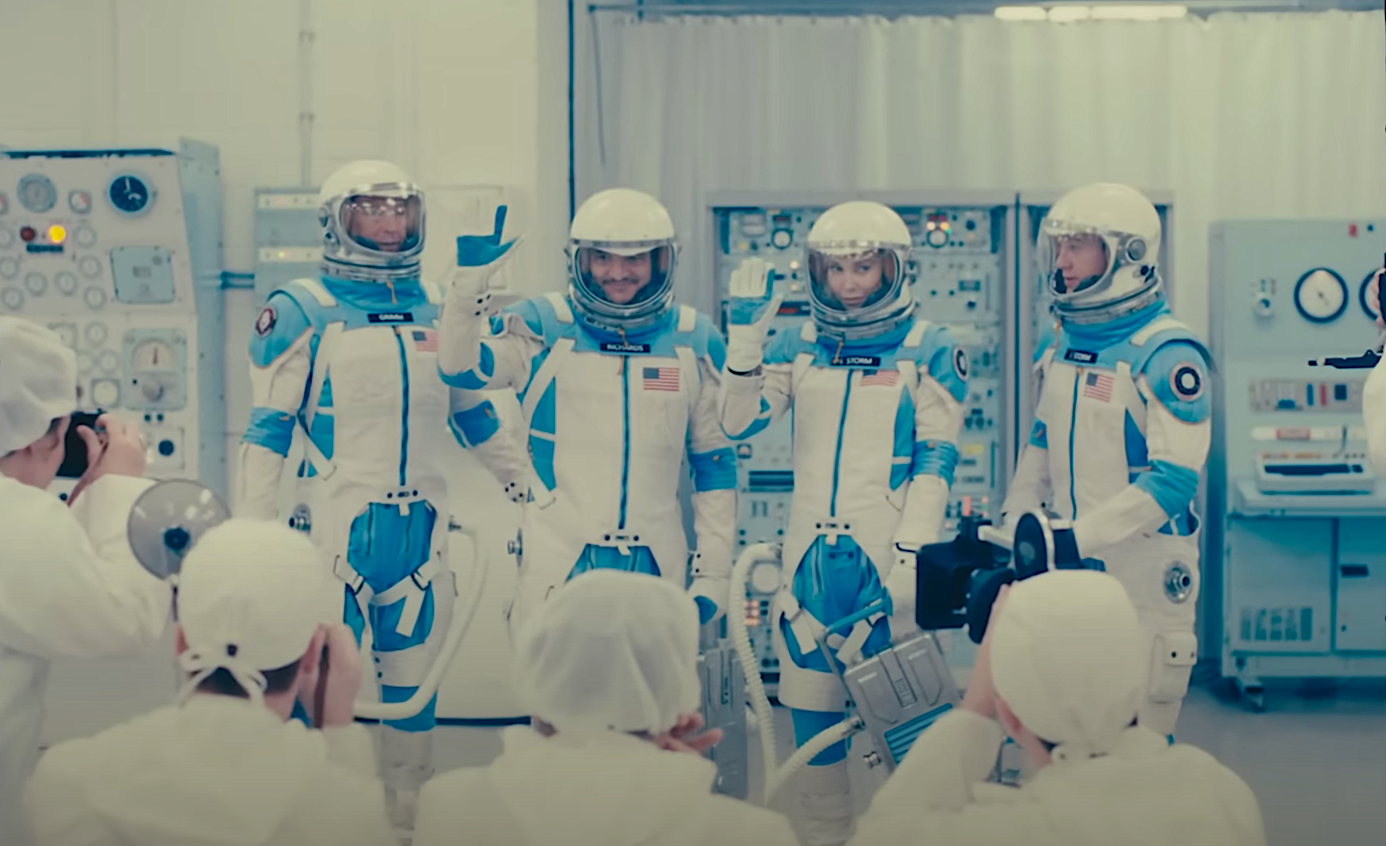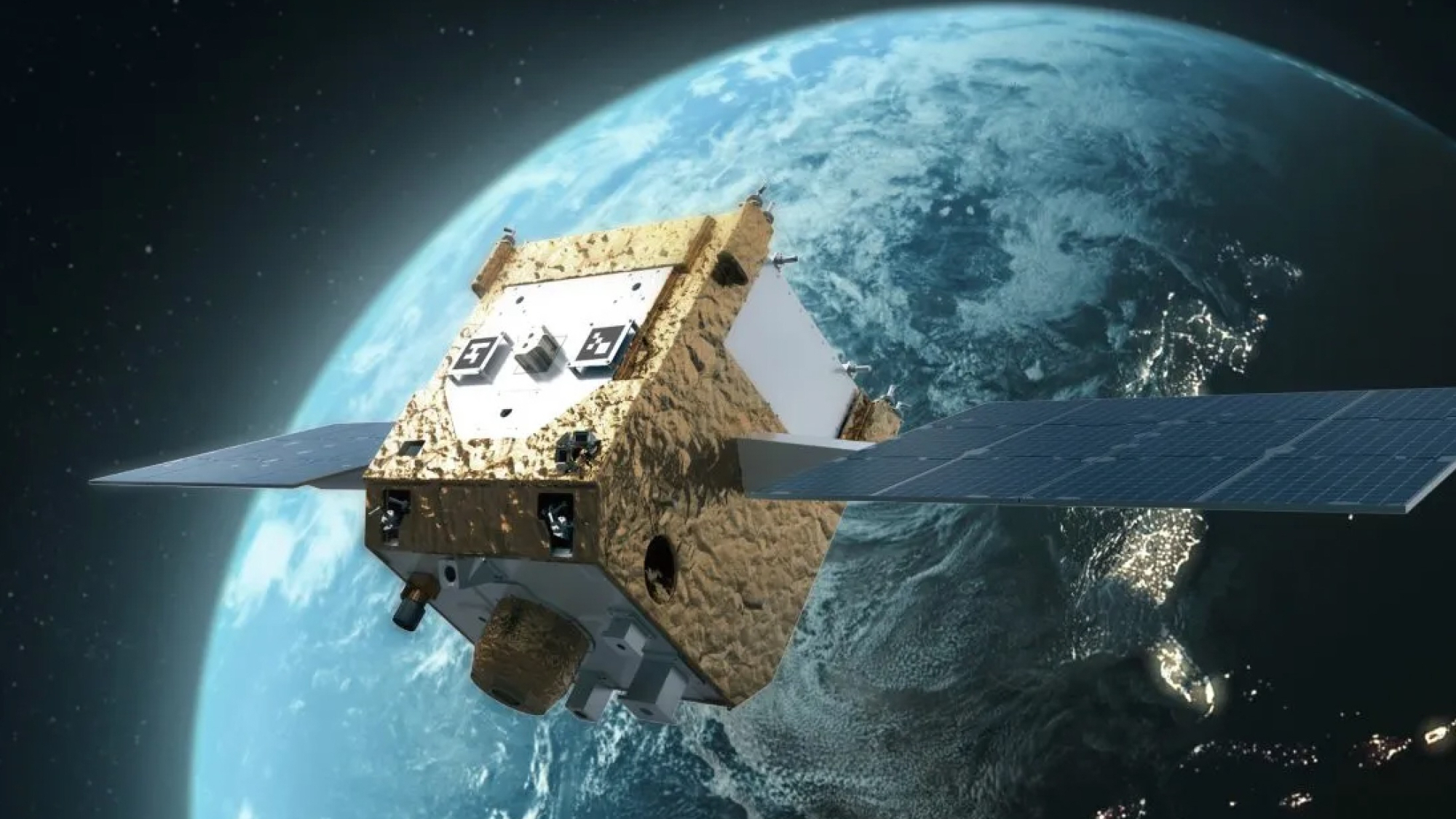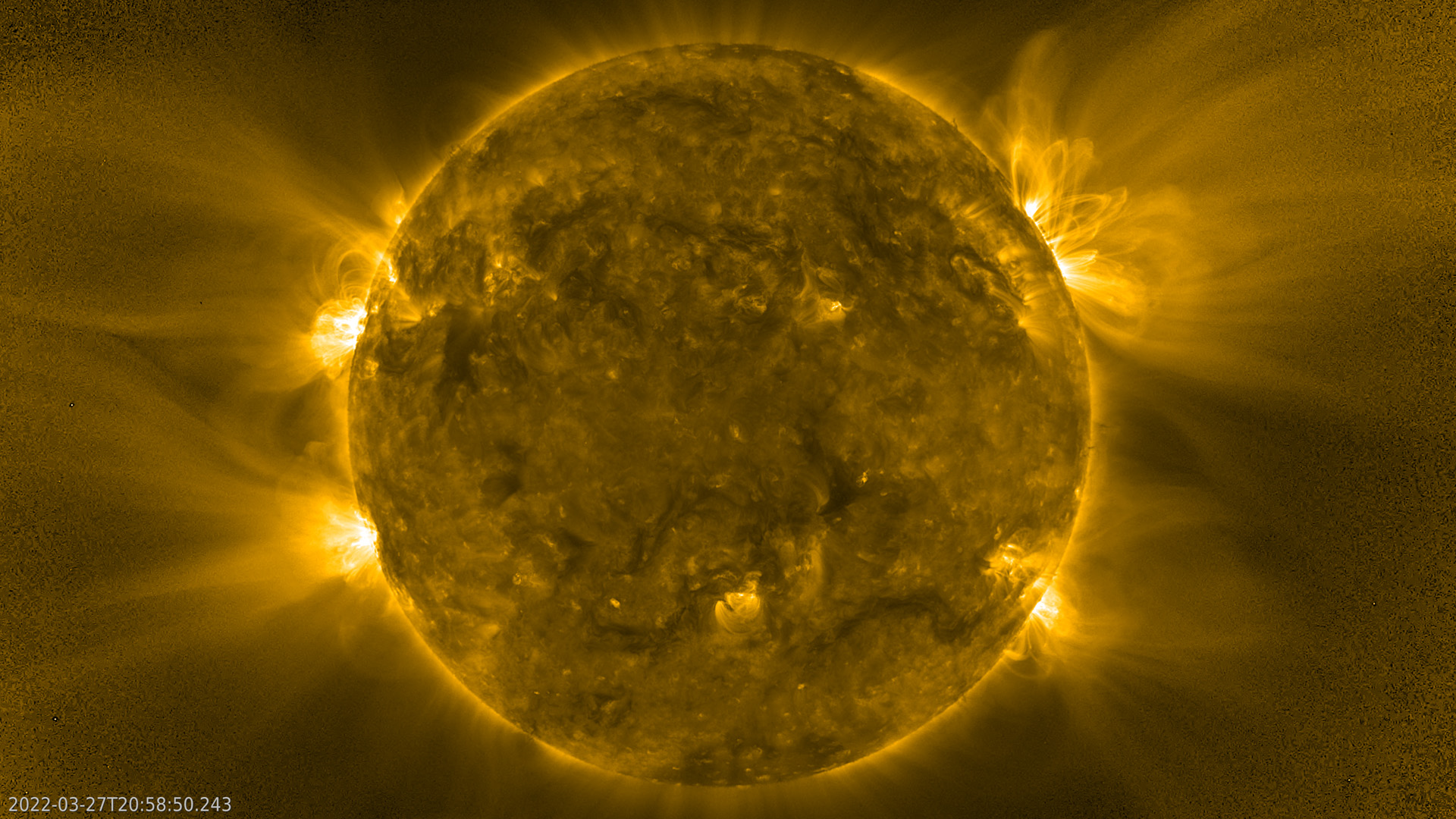The History of the National Space Society
The National Space Institute was a space advocacy group established by the late Dr. Wernher von Braun (1912-1977) to help maintain the public's support for the United States space program.
In its earliest stages of formation in June of 1974, NSI was first known as the National Space Association, but was renamed from "Association" to "Institute" in April of 1975. It later changed its name to the National Space Society shortly before its 1987 merger with the L5 Society, another space advocacy group started by the late Dr. Gerard K. O'Neill (1927-1992). The merged organization (see NSS article) has continued to use the NSS name after a membership vote on whether or not to change it to Space Frontier Society took place in 1987.
Dr. von Braun was the NSI's first president, but quickly became chairman with journalist and former ABC-TV "20/20" host Hugh Downs as president. Charles C. Hewitt was the first executive director.
Initial members serving on the NSI board of directors and governors were a veritable "Who's Who" list that included comedian and entertainer Bob Hope, singer/songwriter John Denver, oceanographer Jacques Cousteau, "Original 7" Project Mercury astronaut and Senator John H. Glenn, Jr., Apollo 8 astronaut Frank Borman, Apollo 11 astronauts Buzz Aldrin and Michael Collins, Dr. Michael DeBakey, "Star Trek" creator Gene Roddenberry and actress Nichelle Nichols.
After some years of publishing a newsletter that became known as INSIght, the Institute entered into an arrangement with the publishers of Omni magazine whereby all members except life members would receive that magazine as part of their membership. Omni editor Ben Bova joined the NSI board, then became vice president and finally succeeded Downs as president. He continued as president after the Omni arrangement was discontinued and an agreement was made with Palmer Publications to make their monthly general space interest magazine Space World the official NSI member magazine.
Under Bova and executive director Glen P. Wilson, the arrangements for merger with the L5 Society were concluded, and the name change to NSS was announced in advance of the merger, with vague explanations to the members that the name had to be changed because the name had to be changed. Since the merger, it has been claimed that the name change took place upon the merger, but the historical record to the contrary is clear.
A more complete history of the National Space Institute is contained in a series of articles published in the November/December 1994 issue of Ad Astra, the magazine of the NSS. Extracts from some of these articles are reprinted below:
Get the Space.com Newsletter
Breaking space news, the latest updates on rocket launches, skywatching events and more!
From "Growing to a Position of Strength"
by Hugh Downs
In 1961 President John F. Kennedy launched the Moon race, which stunningly showed what American technology and determination could do. When, after eight years, we landed the first Apollo team on the lunar surface, the race was over. Just as serious scientific effort began, with immeasurable potential benefit to humanity, the funding closed down to a trickle. The last Apollo flights were cancelled and America's space momentum was lost.
Long before the launch of Apollo 17, the last [Apollo] Moon mission, Wernher von Braun recognized that something had to be done to keep the importance of ongoing space activity before the public mind. The sort of organization that could do such a job would need to be independent enough to view critically all aspects of NASA policy and implementation.
"Wernher von Braun and the National Space Institute"
by Frederick I. Ordway III
When first approached in 1972, Wernher von Braun was briefly hesitant about a National Space Institute. "Another talking club," was his spontaneous reaction. Then, for a change, he found himself on the receiving end of a campaign of persuasion and he was convinced --- in fact he became the most active, persuasive, and successful promoter the Space Institute ever had.
The Institute was officially incorporated as the National Space Association in June 1974. The articles of incorporation were written and filed by Harry S. "Terry" Dawson. Von Braun was elected President in August of that year, and Charles Hewitt was appointed Executive Director on 1 December. Because there were so many associations on the Washington [DC] scene, the name was changed to "National Space Institute" in April 1975.
In July 1975, while still in relatively good health, with the Institute moving forward at a vigorous pace, von Braun addressed the Board of Directors and Board of Governors at the first annual meeting. Congressman Olin E. Teague from Texas, a member of the NSI Board of Governors and a very enthusiastic supporter of the space program for many years, had von Braun's address read into the Congressional Record.
Noting that the National Space Institute was chartered to communicate the benefits of space to the public, he commended the speech to all his colleagues. Excerpts of von Braun's address follow:
"... I know that you are all here ... because you believe, as I do, that a new organization is needed to communicate the benefits our national space program to the American public. The National Space Institute, which we are formally launching today, shall perform that function. It is a nonprofit, educational, and scientific organization. The main role of the National Space Institute will be that of a catalyst between the space techonologist and the user. It will attempt to bring to the attention of people the new opportunities offered by advances made in space experiments and space techniques. It will study the feasibility of the application, and the potential uses of space technology as it relates to other human activities."
Selling the Space Program
Despite health problems, toward the end of 1975, in an interview with Washington Star staff writer Vernon A. Guidry, Jr., von Braun took the opportunity to make a pitch for the NSI. "You are president of the National Space Institute," Guidry began their conversation, "and you've said that its purpose is to create broad public support for a more energetic space program ... Do you really have a high chance of success?"
"Well," von Braun replied, "I'm fully aware that public interest is a very fickle thing. One day, the word is 'Moon or bust,' and the next day it is 'let's clean up the rivers.' People get so much information today that the priorities in [their] minds swing back and forth. The Apollo flights to the Moon were demonstrations of immense capabilities and potential, but in some respect they may be compared with Lindbergh's flight across the ocean. I think space is now entering a maturing period where it will be less gee-whiz, less sensational, but it will become more a part of everyday life -- just like the airlines.
"As you get older and approach retirement age, somebody else picks up where you left off," von Braun continued. "There were great men long before the first big rockets were built. And we are just building on their legacy. We want to make sure that this legacy can now be passed on to the next generation, the people who will really pick the fruits of the trees we have planted. I think the silliest part of the decay of the public interest in space is that ... we planted the orchard, and we nourished it and fertilized it and watered it and gave it all our tender loving care. And now, the time comes when the fruits can be picked -- and they don't want to play the fruit pickers! That is where I think the young generation can make the greatest contribution -- pick the fruits."
When von Braun died in June 1977, Hugh Downs became Chairman of the Board and after a time Ben Bova assumed the presidency. After Hewitt departed in 1980, Courtney Stadd served for a period as General Manager. The Institute was then led in turn by executive directors Dr. Mark R. Chartrand (to 1984) and Dr. Glen P. Wilson (to the merger in 1987), until he was succeeded by his assistant, Lori Garver, who became executive director of the newly formed National Space Society.
The L5 Society was founded in 1975 by Carolyn and Keith Henson to promote the space colony ideas of Gerard Kitchen O'Neill.
The name comes from the L4 and L5 Lagrangian points proposed as locations for the huge rotating space habitats that O'Neill envisioned. L4 and L5 are points of stable gravitational equilibrium located on the Moon's orbit at equal distances from both the Earth and the Moon. An object placed in orbit around L5 (or L4) will remain there indefinitely without having to expend fuel to keep its position, whereas an object placed at L1, L2 or L3 (all points of unstable equilibrium) may have to expend fuel if it drifts off the point.
O'Neill's first published paper on the subject, "The Colonization of Space," appeared in the journal Physics Today in September 1974. A number of people who later became leaders of the L5 Society got their first exposure to the idea from this article. Among these were a couple from Tucson, Arizona, Carolyn and Keith Henson. The Hensons corresponded with O'Neill and were invited to present a paper on "Closed Ecosystems of High Agricultural Yield" at the 1975 Princeton Conference on Space Manufacturing Facilities, which was organized by O'Neill.
At this conference, Dr. O'Neill merged the Solar Power Satellite (SPS) ideas of Peter Glaser with his space habitat concepts.
The Hensons incorporated the L5 Society in August of 1975, and sent its first 4-page newsletter in September to a sign up list from the conference and O'Neill's mailing list. The first newsletter included a letter of support from Morris Udall (then a contender for US president) and said "our clearly stated long range goal will be to disband the Society in a mass meeting at L5."
The peak of L5's influence was the defeat of the Moon Treaty in the US Senate in 1980. Leigh Ratiner, a Washington lawyer/lobbyist, was instrumental in this effort. (Leigh was later forced out of his law firm due to his successful representation of Inslaw.)
Though economic analysis indicated the SPS/space colony concept had merit, it foundered on short political and economic horizons and the fact that the transport cost to space was about 10,000 times too high for individuals to fund as the Mormon and Plymouth Rock colonies had been. (See the chapter "Pilgrims, Saints and Spacemen" in Freeman Dyson's Disturbing the Universe for an analysis.)
In 1986 the Society, which had grown to about 10,000 members, merged with the National Space Institute, which was founded by famed German rocket engineer and Project Apollo program manager Dr.Wernher von Braun of NASA's Marshall Space Flight Center to form the present-day National Space Society.
While the L5 Society has yet to achieve the goal of human settlements in space, it has served as a Schelling point for many of the people who later became known in nanotechnology, extropianism, cryonics, transhumanism, artificial intelligence and Tether propulsion such as Eric Drexler, Robert Forward, Hans Moravec and many others. An interesting account is provided by Ed Regis in "Great Mambo Chicken and the Transhuman Condition" (1990).
L5 News was the newsletter of the L5 Society reporting on space habitat development and related space issues. The L5 News was published from September 1975 until April 1987, when the National Space Society was created.
NOTE: The views of this article are the author's and do not reflect the policies of the National Space Society.
Visit Space.com/Ad Astra Online for more news, views and scientific inquiry from the National Space Society.
Join our Space Forums to keep talking space on the latest missions, night sky and more! And if you have a news tip, correction or comment, let us know at: community@space.com.
Richard was a contributing writer for Space.com covering human spaceflight, search for life, technology, and space exploration. He's been a business consultant for Elon Musk at SpaceX crafting a business model for their DragonLab spacecraft program, and served as CEO and Director of Zero Gravity Solutions Inc., one of the world’s first public companies designing new products and tech on the Space Shuttle and the International Space Station for use here on Earth. He's currently the executive director of OrbitalAg, Inc. and based in Florida.









